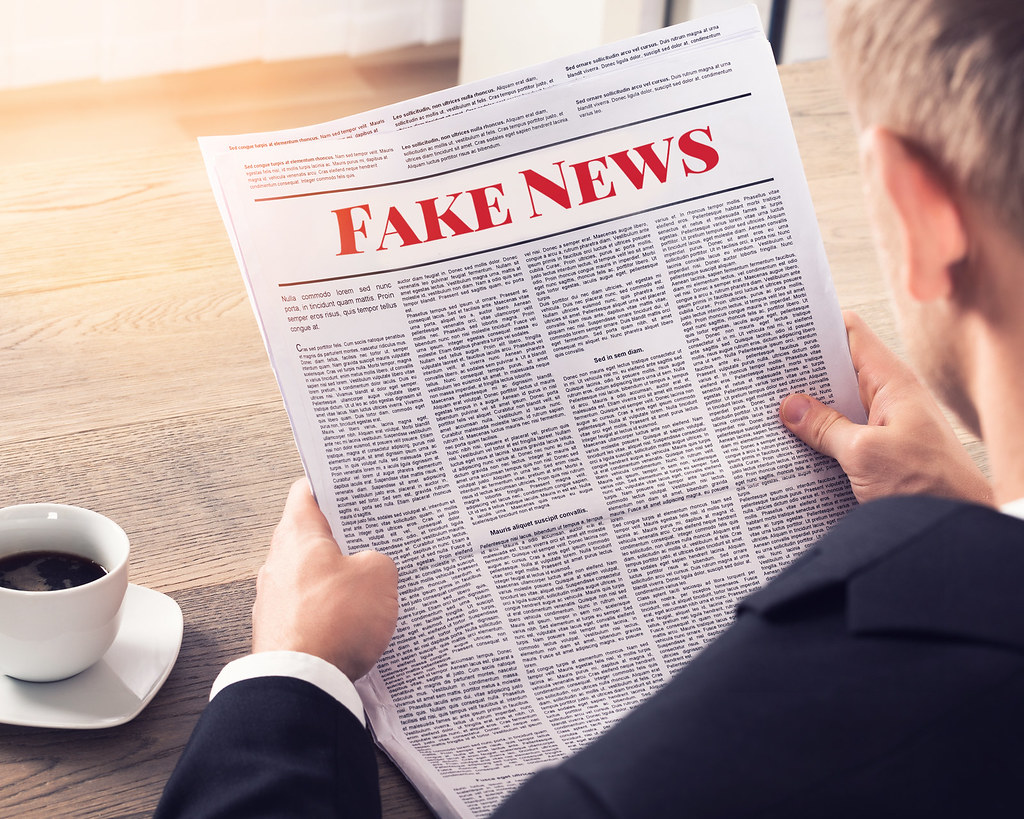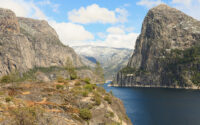News, News or Fake News?
by Linwood Nicolas Jr
September 22, 2021.
The news has always held an important role in society. It’s what keeps us up to date about
what’s happening around not only the country, but the world. Back in the early 1900s, citizens only had the news to rely, as they did not have telephones and social media to keep them up to date. Now, billions of people use
multiple different news sources everyday. Some via the internet, some through television, and even some
through the radio. However, we’ve been faced with a major issue with all these new different
sources. That major issue being “How can we tell fake news from real news, and how can we make
people want to listen to the important information being presented.” ?

For starters, I believe the most important step to understand the definition of “Fake News”. Fake News is defined in the dictionary as “False news stories, often of a sensational nature, created to be widely shared or distributed for the purpose of generating revenue, or promoting or discrediting a public figure, political movement, and/or company.” This means any information giving without accurate, fair, and credibility would deem to be considered “Fake News”. Now that we have that out of the way. The next most essential fact is to determine ways you will access the data, or the author/publisher received the data.
For example, in
Part 1: Introducing the Beat by Bob Wyss, he lists multiple researchers and even school programs who
were all conduction data research using different methods. Each of these examples varied much differently than the other researchers. For example Sam Eaton, a freelance reporter for multiple National Public Radio News Programs, decided to go visit the radioactive grounds of Fukushima Nuclear Plant in order to investigate the soil radiation levels first hand. He then goes on to mention how there were fences partially chewed through by livestock in an attempt to fulfill hunger and escape the radiation as well. This method would provide
outstanding credibility for Eaton since he is a registered reporter, and received his data first hand using
his own recordings, notes, photos, and etc. (Wyss, page 3). The use of grit in these photos and recordings allows the audience to draw a sense of strong emotions toward the subject. Thus causing them to want to be aware of the
situation being discussed. However, editor and writer, Pubisha Saha’s method was much less
dangerous and arguably just as effective as Eatons. Pubisha used the presence of birds to
emphasize the effect humans have taken on not only the environment, but the organisms living in these
environments as well. Her method was simply calculating and tracking the amount of Monk
Parakeets she’s seen in Brooklyn, NY. Her goal was to show the decrease in Monk Parakeets population as a cause of human activity and construction leading closer to the species extinction. This method again provides
great credibility as she herself is the one documenting the information first hand. This allows the audience to truly comprehend the effects we hold on the organisms sharing similar habits with us.
As you can see from both the methods listed above, they are totally different from one another other. Yet they both provide substantial credibility, and does a substantial job persuading the audience to feel a certain way towards the issue. This appears in Pubisha Saha’s work when she says “I showed that I had a huge enthusiasm and appetite for news about birds.” (Wyss, page 9). You can take from these credible individuals, many different techniques in which someday may help to draw more attention to an important environmental crisis! We can also learn different ways in which we can ensure credibility by the researcher and for ourselves as well. Overall, these researchers do a great job of grabbing your attention towards the issue at hand, and providing you with credibility in their work at the same time.
Citations/Sources
“Fake News Definition & Meaning.” Dictionary.com, Dictionary.com, www.dictionary.com/browse/fake-news.
Photo: https://live.staticflickr.com/4392/36588153031_75d47625da_b.jpg

